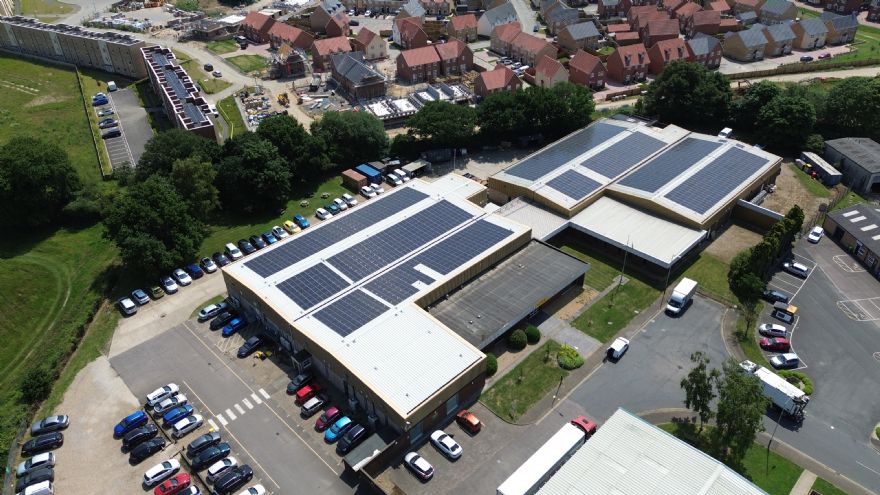
UK manufacturers are being urged to consider solar photovoltaic (PV) technology as a strategic investment to tackle rising energy costs, carbon reduction pressures, and to address increasingly demanding supply chain requirements.
Geo Green Power, a nationwide renewable energy installer, has published a new guide titled
Powering Production, which outlines how manufacturing businesses can benefit from rooftop and ground-mounted solar PV systems.
The guide reveals that manufacturing remains the UK’s most energy-intensive sector, consuming over 83 terawatt hours of electricity in 2021 — almost enough to power every home in the country. With energy prices becoming more volatile and policy levies adding further unpredictability, energy has become one of the largest and least controllable costs for manufacturers. This is happening at a time when many businesses are under growing pressure from customers and investors to decarbonise.
Geo Green Power’s guide aims to help manufacturers understand the commercial, operational and environmental advantages of solar PV, while offering practical steps to reduce costs, improve energy independence and cut emissions. It includes examples of businesses already seeing results, such as
Swiftool Precision Engineering, a family-run supplier to the aerospace and defence sectors. The company worked with Geo Green Power to install a 617kWp rooftop system, which now generates a significant portion of its electricity on site. This has reduced its reliance on the grid and provided measurable carbon savings to meet increasing ESG requirements from clients.
Andrew Sanderson, marketing manager at Geo Green Power, said: “Solar PV is no longer just an environmental decision, it is a commercial one. For manufacturers, it provides immediate cost control, long-term certainty and a demonstrable sustainability story that strengthens bids and reassures customers.”
The guide also explores funding options available to manufacturers, ranging from power purchase agreements that require no upfront investment to self-funded systems that can deliver payback in as little as three to seven years.